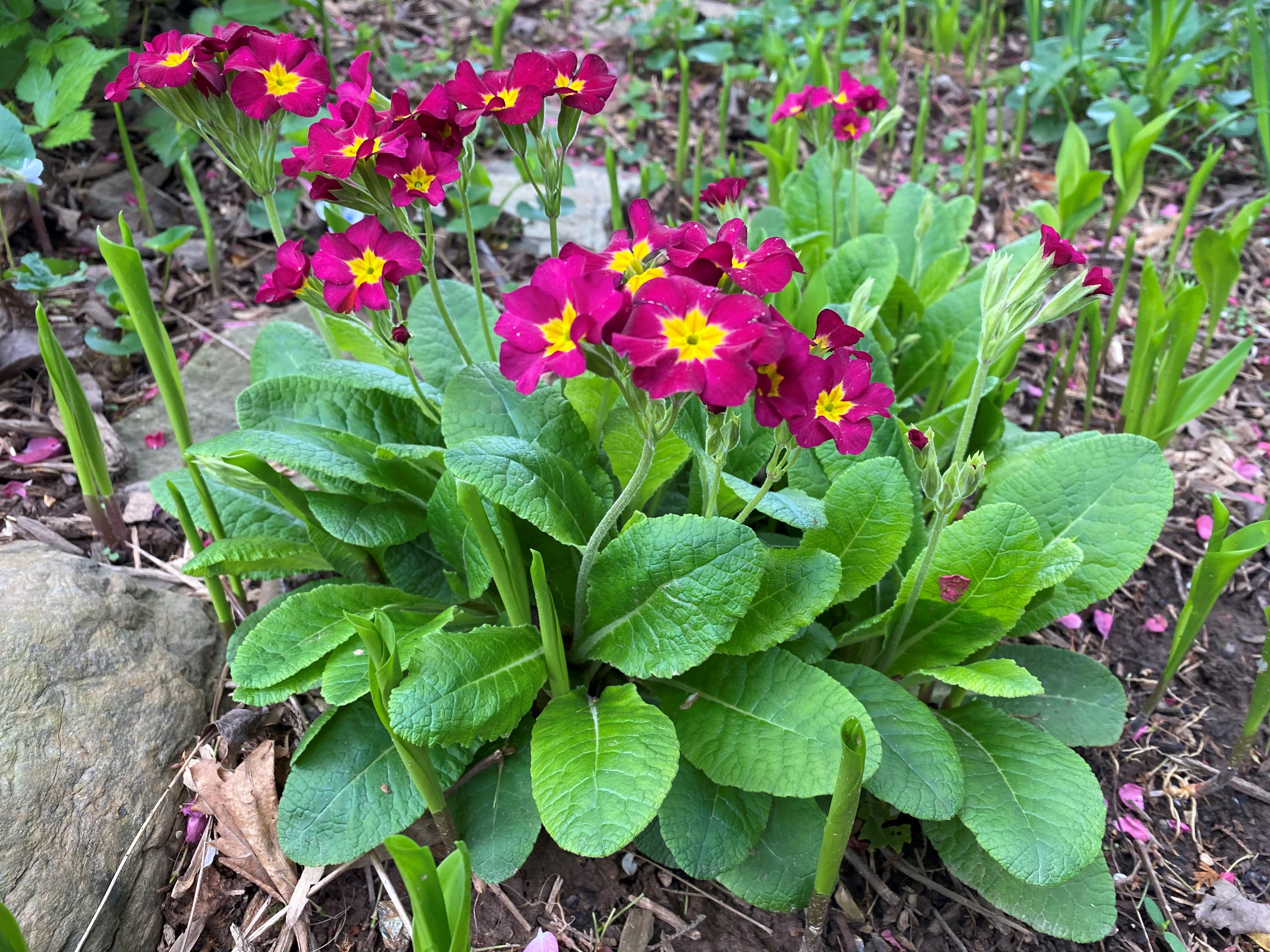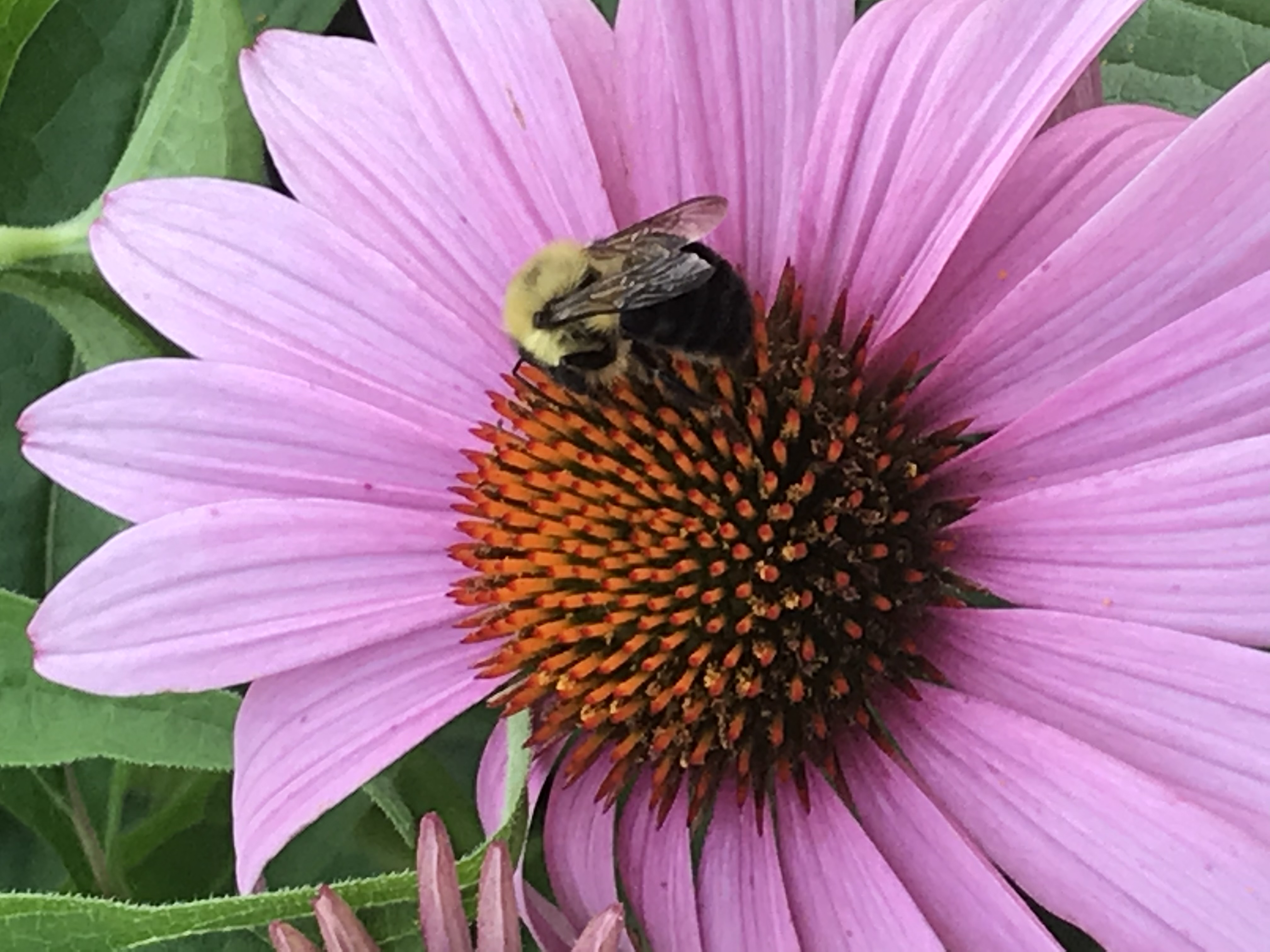
SUBSCRIBE PREVIOUS ISSUES
Featured Article
What is Biobased?
Biobased procurement remains a crucial initiative for federal government acquisitions. In this article, we will review what biobased products are and the labels used in their purchase.
According to the USDA, biobased products are not food, feed or fuel, but instead are commercial or industrial products that are “composed, in whole or in significant part, of biological products, including renewable domestic agricultural materials, renewable chemicals and forestry materials." To be considered biobased, products must meet requirements for minimum content percentages based on their product category. For instance, a biobased marker would fall under “Art Supplies" and therefore would need to be made of at least 25% biobased content. Whereas dryer sheets would fall under “Laundry Products – Dryer Sheets" and therefore would need to be made of at least 90% biobased content.
In general, biobased products could include anything from fertilizers to mattresses, to grill cleaners and even clothing. For NIH operations, biobased products manifest as laboratory chemicals, office paper, printer ink, pens and hand sanitizer to name a few.
The entire list of biobased product categories, examples and their minimum percentages can be seen at this link.
Biobased products are preferred from an environmental standpoint due to being made of plants and other renewable materials from our natural world. These alternatives, as opposed to conventional petroleum-based products, are often biodegradable or compostable, helping to improve waste quality. Additionally, increased purchasing of biobased products supports sustainable agriculture, as well as rural communities that source the necessary raw materials.
USDA facilitates the BioPreferred Program Catalog, which identifies products through a labeling system. Below are the following labels used in the program:

|
Voluntary
Labeling: These products have been third-party tested at independent
laboratories and have earned USDA certification.
|

|
Mandatory
Federal Purchasing: These products are self-certified by their manufacturer to
meet or exceed the minimum biobased content requirement for its specific
category.
|
For contracts, acquiring biobased products and reporting their use is required under FAR 23.107-2 and 52.223-2. But when purchasing new materials and supplies outside of applicable contracts, still consider biobased options to support sustainable agriculture and to be gentler on the environment.
Spotlight

|
NIH Post-Bac Garden Club
It has been almost two years since our last check-in, but the NIH Post-Bac Garden Club on the Bethesda campus is still going strong! In this article, we speak with a few post-bacs who are excited to share their perspectives on how the club has been a source of fun and relaxation.
LEARN MORE
|
Take Action

|
Get Gardening!
Gardening comes in all shapes and sizes, so there is bound to be an aspect of gardening that fits you! From a backyard to a balcony, from a windowsill to even a mason jar, there is likely a space you could be using to grow some fresh, healthy produce. Getting started is quite easy!
LEARN MORE |
NEMS Training
Did you know? Many NIH campuses and their nearby cities have community gardens where you can rent space to do your own gardening. For example, you can join local groups on the Bethesda or RML campuses to access their respective garden plots. To learn more about sustainability at the NIH, please visit the NEMS Training webpage to view a short (20 minute) NIH environmental awareness training video.
Newsletter Feedback If you found this article useful, please let us know! We appreciate hearing how we might improve our future articles, including topics you would like to read about. Please take a moment to complete this quick feedback form:
The NIH Green Zone Newsletter is a publication intended to inform NIH staff about the Division of Environmental Protection and NIH Green Teams projects and initiatives. The text contained in this newsletter is not copyrighted and can be reprinted without permission. If you use portions of this newsletter in your own publication, we ask that you please credit the source. We welcome your comments and suggestions. Thank you.
|
|---|
|
Division of Environmental Protection | Office of Research Facilities | Office of Management
National Institutes of Health | U.S. Department of Health and Human Services
|